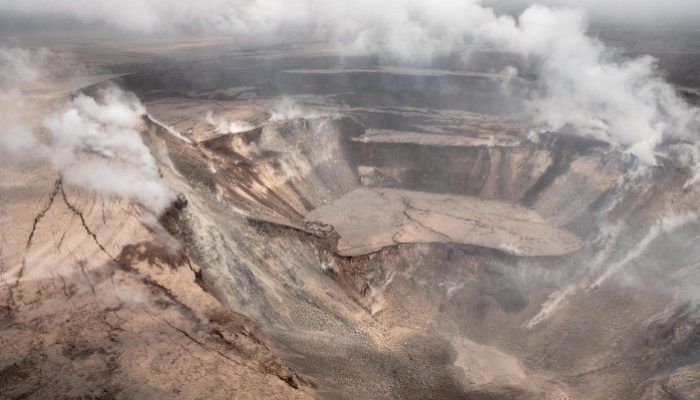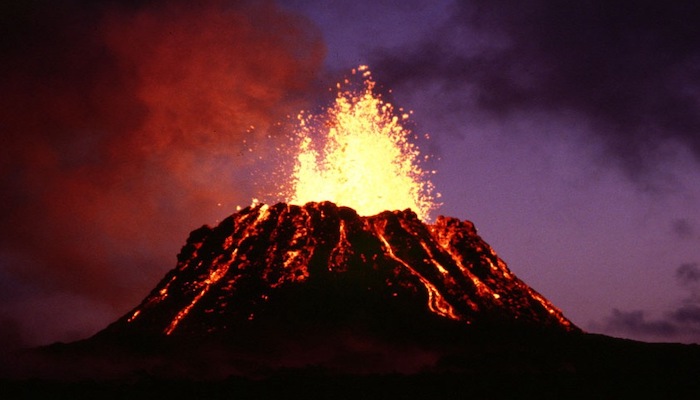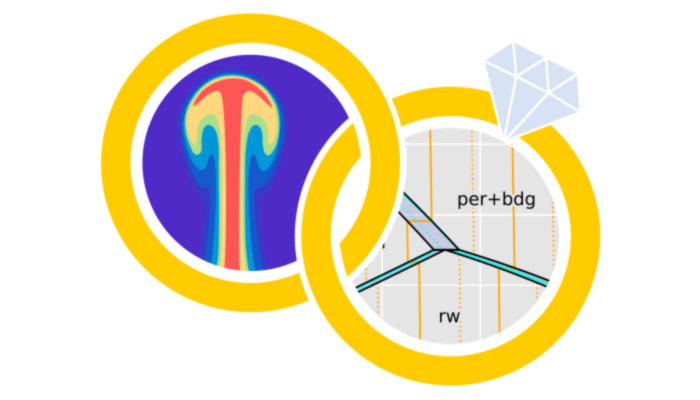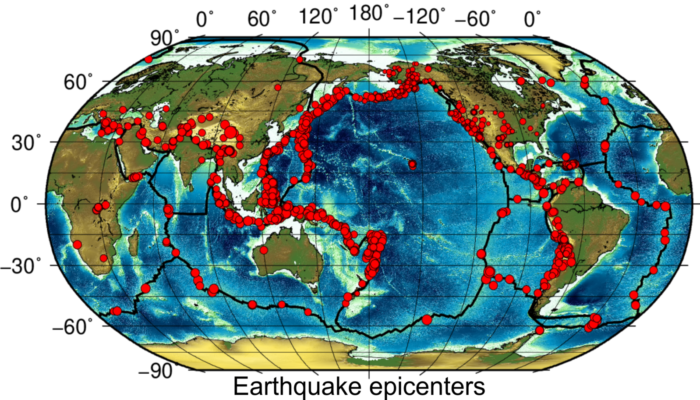Both earthquakes and research project directions can be hard to predict. This week Becky Fildes, a graduate student at UC Davis, takes us on a journey of how she came to study earthquake behavior in Hawaii during an active volcanic eruption and how our understanding of caldera collapses can be further improved. In my first year of graduate school in 2017, I had started studying earthquake statisti ...[Read More]
Investigating earthquake activity of the 2018 Kīlauea Volcano eruption




